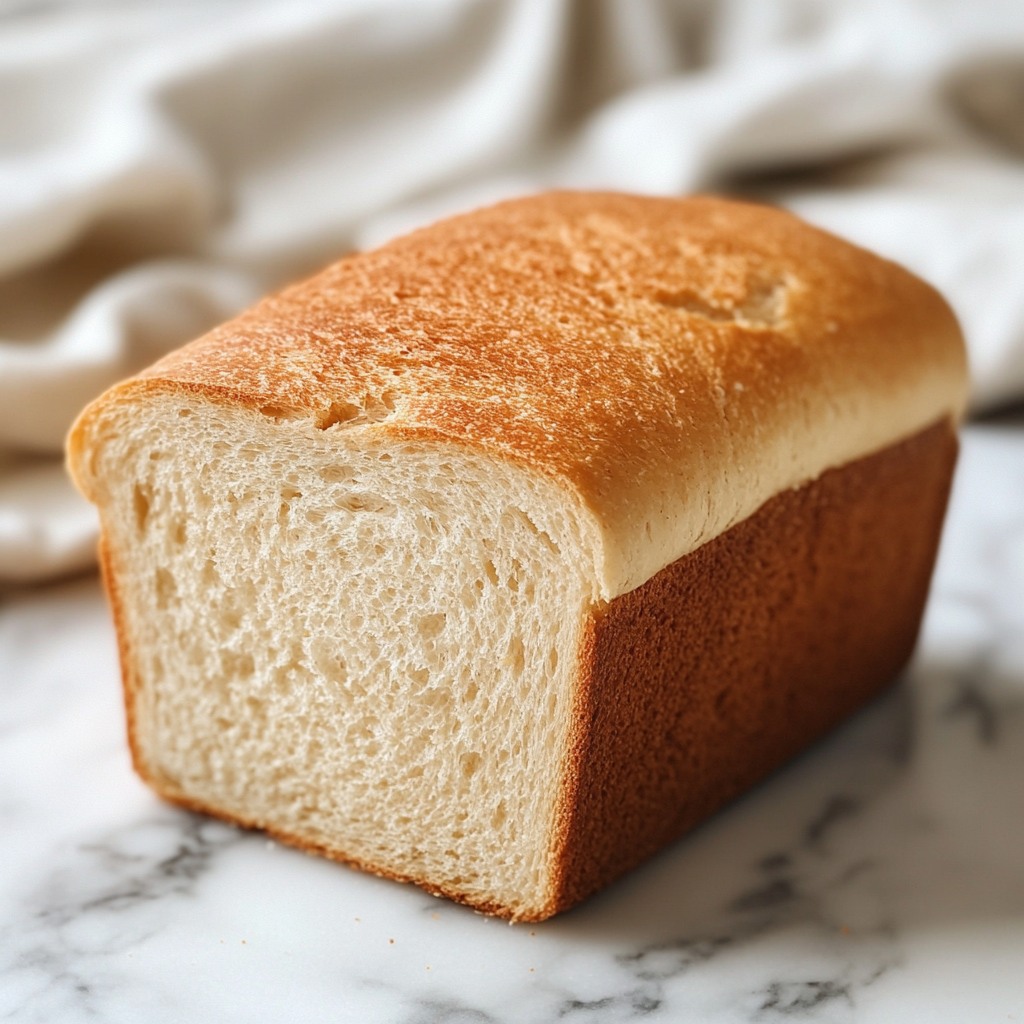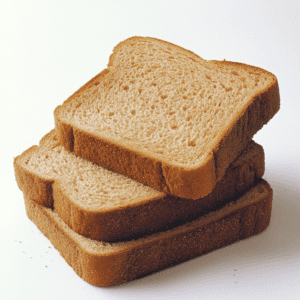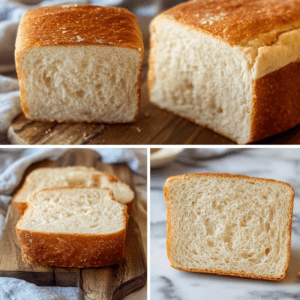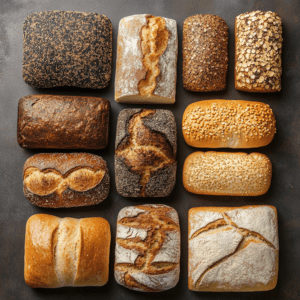Creating the perfect sandwich bread at home is a rewarding experience that yields delicious results far superior to store-bought options. This sandwich bread recipe will guide you through each step, from selecting the best ingredients to baking the perfect loaf. Whether you’re a seasoned baker or a beginner, this guide ensures that your sandwich bread will be soft, flavorful, and ideal for all your sandwiches.
Why Bake Your Own Sandwich Bread?
There’s something undeniably special about baking your own sandwich bread. Not only does it fill your home with the comforting aroma of freshly baked bread, but it also gives you complete control over the ingredients, ensuring a healthier and more delicious loaf. When you follow a sandwich bread recipe like this one, you can customize your bread to suit your tastes, whether you prefer a classic white loaf or a hearty whole wheat version.
For more tips on flour quality and yeast, you can explore this guide by King Arthur Baking.
Essential Ingredients for Perfect Sandwich Bread
To achieve the best results, it’s crucial to use high-quality ingredients in your sandwich bread recipe. Here’s a breakdown of what you’ll need:
- Flour: Bread flour is typically preferred for its higher gluten content, which helps create a chewy texture. All-purpose flour can also work, yielding a slightly softer loaf.
- Yeast: Using either active dry or instant yeast is essential for giving your bread the necessary rise.
- Liquid: Choose between water or milk. Milk will give your bread a richer crumb, while water will make it slightly crustier.
- Sweetener: Adding a bit of sugar or honey feeds the yeast and adds a subtle sweetness to the bread.
- Fats: Butter, oil, or shortening can be used, each bringing different qualities to your bread.
- Salt: This essential ingredient not only enhances the flavor but also helps control yeast activity.
For an in-depth look at how different flours and fats affect your bread, check out this beginner’s guide to bread baking.
Step-by-Step Sandwich Bread Recipe
- Mixing the Dough
- In a large mixing bowl, combine flour, yeast, sugar, and salt.
- Warm your liquid (water or milk) in a separate container, then mix it with the melted butter or oil.
- Slowly add the liquid mixture to the dry ingredients, mixing until a dough forms.
- Kneading
- Knead the dough for about 10 minutes by hand or 5-6 minutes with a stand mixer until it’s smooth and elastic. Proper kneading is crucial for developing the gluten, which gives bread its structure.
- First Rise
- Place the dough in a greased bowl, cover it with a damp cloth, and let it rise in a warm place for 1-1.5 hours, or until it has doubled in size.
- Shaping the Loaf
- Punch down the risen dough to remove excess air. Shape the dough into a loaf by rolling it into a tight cylinder and tucking the ends under.
- Second Rise
- Place the shaped dough into a greased loaf pan. Cover it again and let it rise until it’s just about at the top of the pan, about 1 hour.
- Baking
- Preheat your oven to 350°F (175°C). Bake the bread for 30-35 minutes until it’s golden brown and sounds hollow when tapped on the bottom. The internal temperature should reach about 210°F (99°C).
- Cooling
- Allow the bread to cool completely on a wire rack before slicing. This prevents the bread from becoming gummy.
Tips for the Perfect Loaf
- Temperature Control: Ensuring the right temperature during the rise is key. A warm, draft-free spot is ideal.
- Kneading: Be careful not to over-knead, which can make the bread tough, or under-knead, which can result in a dense loaf.
- Storage: Wrap cooled bread in plastic and store it at room temperature for up to 5 days. For longer storage, freeze the bread.
Popular Variations of Sandwich Bread
- Whole Wheat Bread: Substitute half or all of the all-purpose flour with whole wheat flour for a denser, more nutritious loaf.
- Sourdough Bread: Incorporate a sourdough starter for a tangy flavor and chewy texture. Learn more about sourdough bread techniques from Baker Bettie.
- Gluten-Free Bread: Use a gluten-free flour blend and add xanthan gum for structure.
Troubleshooting Common Issues
- Dense Bread: This can occur if the dough didn’t rise enough. Ensure your yeast is fresh and your environment is warm.
- Poor Rise: Double-check that your yeast isn’t expired and that the liquid wasn’t too hot, which can kill the yeast.
- Crumbly Texture: This might be due to a lack of fat in the dough or overbaking.
Frequently Asked Questions
Why didn’t my bread rise properly?
- Ensure your yeast is active and that your dough is placed in a warm environment.
Can I use whole wheat flour instead of all-purpose?
- Yes, but expect a denser loaf with a richer flavor. You might need to adjust the liquid slightly.
How should I store homemade sandwich bread?
- Store at room temperature in plastic wrap or freeze for longer preservation.
Is it necessary to use a bread machine?
- No, this recipe works perfectly with manual kneading or a stand mixer.
By following this guide, you’ll master the art of baking perfect sandwich bread at home. Enjoy the process, and relish the rewards of your delicious, homemade loaves!




